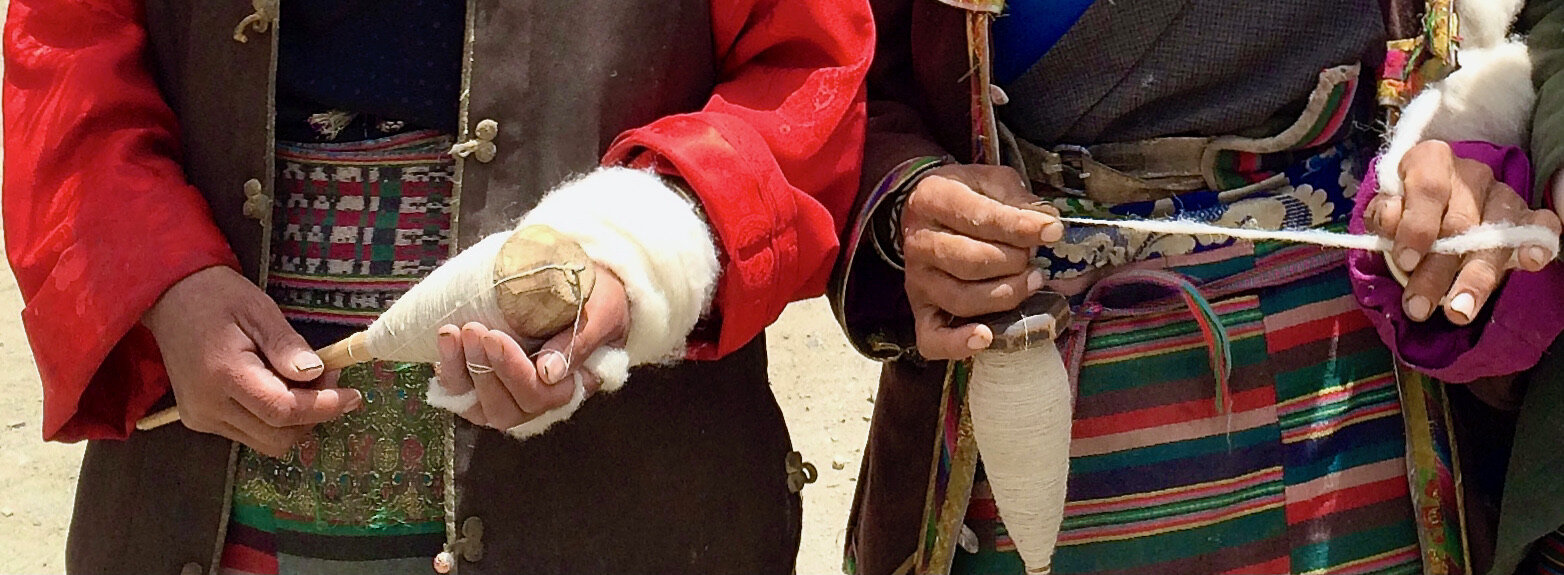Teachings on the Two Truths
“The Buddha’s teaching of the Dharma is based on two truths: a truth of worldly convention and an ultimate truth.
Those who do not understand the distinction drawn between these two truths do not understand the Buddha’s profound truth.
Without a foundation in the conventional truth the significance of the ultimate cannot be taught.
Without understanding the significance of the ultimate, liberation is not achieved.”
The Buddha acknowledged that we suffer in this life and that it is possible to end that suffering. An essential teaching that makes it possible for us to recognize and experience the freedom of not being at the mercy of each wave of life experience is the teaching of the Two Truths: conventional/relative truth, the way things appear to be and genuine/ultimate truth, the way things truly are.
When we develop an understanding of the process of action and result and become familiar with our mind’s habitual tendencies and begin to see its true nature, the denseness of our everyday experience begins to lighten and the space in which we hold and understand our experience infinitely expands.
An understanding of the simultaneity of the Two Truths allows us to fully embrace, engage with and experience this human life with all its joys and sorrows while simultaneously recognizing it all to be the illusory play of awakened mind, wisdom and compassion.
In this Sukhasiddhi Sunday course, we progressively deepened our understanding by exploring the Two Truths in the context of each of the Buddhist philosophical schools.
Each class included silent meditation, inquiry and discussion, and guidance for how to allow the teachings to steep in your experience between classes, becoming a lived understanding.
Lama Döndrup led the sangha in the practice of Tonglen, a silent, guided meditation practice that uses visualization and the breath to awaken compassion and transform suffering into wisdom and joy. Her style of teaching will helps you feel confident in your own understanding of ceremonies and teachings and support the natural unfolding of your innate wisdom.

